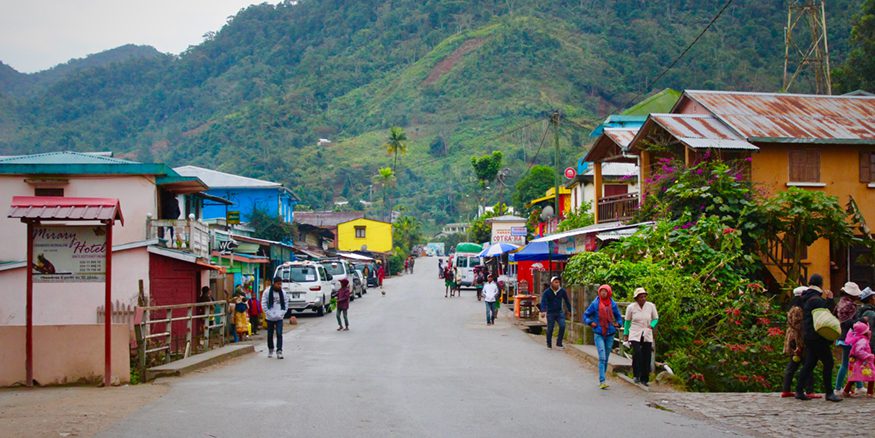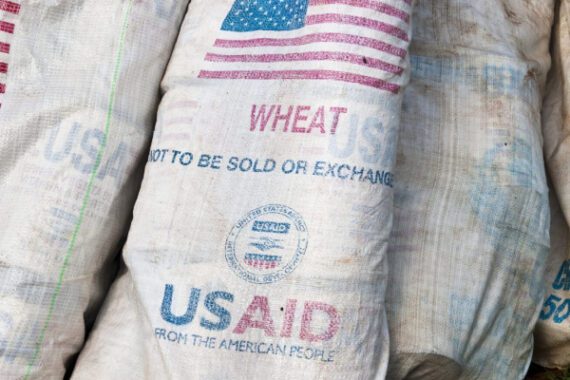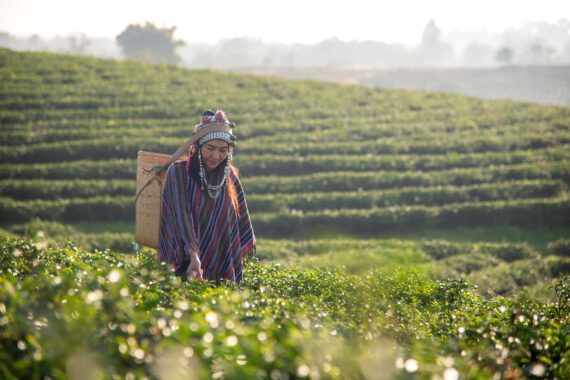By Michele Learner
In both 2020 and 2021, the COVID-19 global pandemic and its economic fallout significantly increased hunger and malnutrition around the world. As early as August 2020, Institute Insights explained that experts projected a significant increase in acute malnutrition among babies and young children, for whom this can be life-threatening. Humanitarian aid organizations are now warning that further increases of people in emergency hunger situations are expected in 2022.
Recently, 120 nongovernmental organizations, including about 100 aid organizations working with communities in their own countries, wrote an open letter calling on global leaders to do more to respond to continued increases in severe hunger. According to the U.N. Office for the Coordination of Humanitarian Affairs (OCHA) in its Global Humanitarian Overview for 2022, the number of people who need lifesaving humanitarian assistance could rise by 17 percent this year.
The letter emphasizes that the commitments made in May 2021 through the G7’s Famine Prevention Compact have not yet been met. Only about half of the current humanitarian appeal, $41 billion for the six countries “of highest concern,” has been received. The funds are needed to prevent and respond to famines in Burkina Faso, Ethiopia, Madagascar, Nigeria, South Sudan, and Yemen. Moreover, there are Humanitarian Response Plans in individual countries that are less than 20 percent funded
Humanitarian workers from all over the world continue to sound the alarm. Mike Bonke, Action Against Hunger’s country director for Afghanistan, said, “The threat of famine looms large in several countries and yet it feels like world leaders are watching from the stands.”
Tatiana Dasy, Madagascar program director with Save the Children, explained, “In southern Madagascar, the specter of hunger haunts you everywhere you turn. Parents are surviving on next to nothing and are selling everything they can just to feed their children a portion of sweet potatoes or rice.”
As Bread’s global nutrition advocacy efforts emphasize, the people most at risk from severe malnutrition are young children. Of all preventable deaths among children younger than 5, nearly half are caused by malnutrition. Despite progress in recent decades, the world still mourns the deaths of between 2 million and 3 million children every year from malnutrition.
As we know, the COVID-19 pandemic continues in 2022, complicated by the emergence of new variants of the virus. At the time of writing, there have been more than 325 million known cases and approximately 5.5 million deaths. At the same time, effective vaccines and some new treatments offer encouragement.
It is clear that the pandemic is causing significant spikes in global hunger. Effective COVID-19 responses and effective humanitarian responses to both the rising numbers and the deepening severity of hunger are inextricably connected.
The fact that this is a global pandemic means that an equitable global vaccine response is essential to containing it. The World Health Organization set a target of full vaccination for 40 percent of the population in every country by the end of 2021.
Most countries in Africa have yet to meet the target. Five island countries and two mainland countries (Botswana and Rwanda), have achieved 40 percent, but none are very populous. Just under half of Africa’s countries have 10 percent or more of their people fully vaccinated. Although every country except Eritrea has launched a vaccination campaign, several of the largest nations have made little headway thus far. As of December 30, 2021, Nigeria had fully vaccinated 2.1 percent of its people, while the Democratic Republic of the Congo (DRC) had a rate of just 0.1 percent.
There are several obstacles to swifter progress on vaccination. One is access to sufficient doses of effective vaccines. Supplies improved as 2021 went on. Donations of vaccines from high-income countries and global organizations, as well as the launch of a coordinated program to purchase vaccines at lower prices through economies of scale, have helped. Nonetheless, there are still significant shortages. WHO estimates that Africa needs more than 900 million doses to reach a vaccination rate of 40 percent, with about 475 million received so far.
Other difficulties are due to weaknesses in health infrastructure, transportation capabilities, and storage facilities. Lack of funding to train enough health workers and deploy them effectively in densely packed urban areas and remote rural areas remains a problem for many African governments.
WHO’s current target is to reach 70 percent vaccination coverage in every country by June 2022, but most African countries are unlikely to reach it by then. WHO’s regional director for Africa said that at current rates, Africa may not reach 70 percent vaccination until August 2024. But there is no option to give up if the world is to contain the pandemic.
The world has the financial means and the knowledge needed to end hunger and malnutrition. The world has the financial means and, increasingly, the knowledge needed to contain the coronavirus pandemic as well. Bread members continue to urge leaders to ensure that the resources needed to solve these problems are made available.
Michele Learner is managing editor, policy analysis and coalition building, with Bread for the World.



